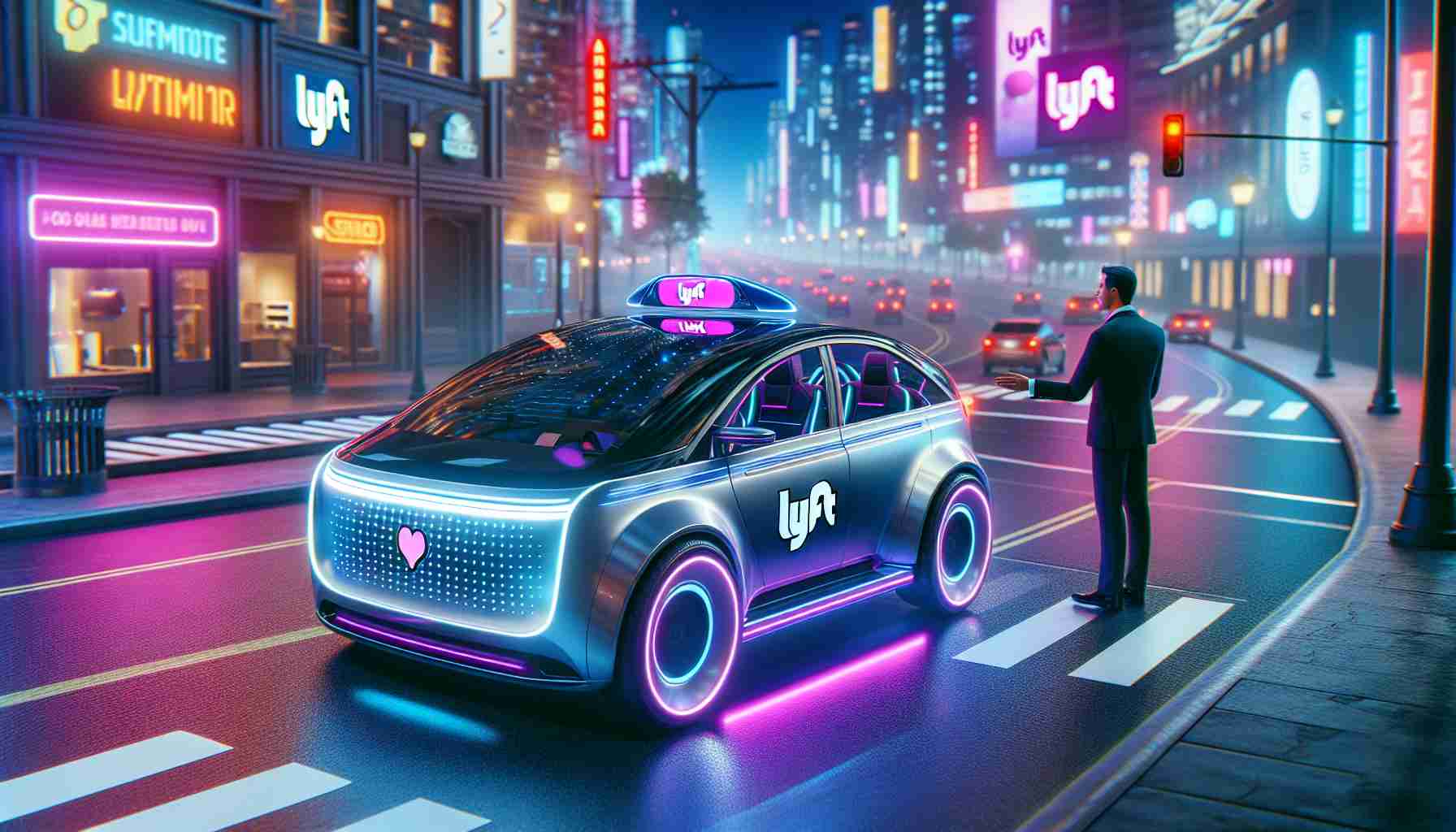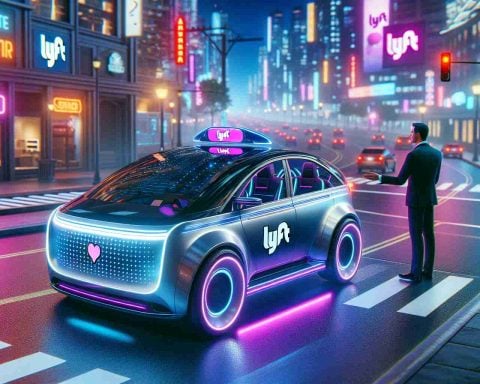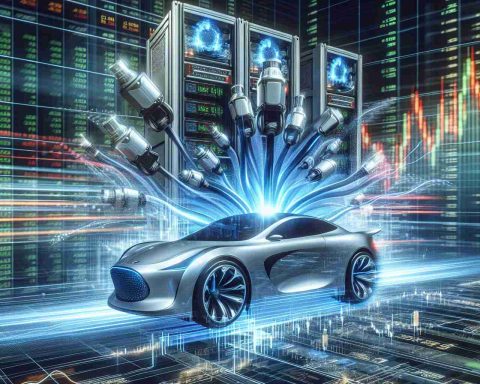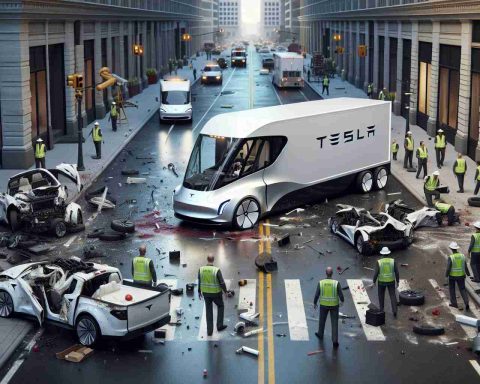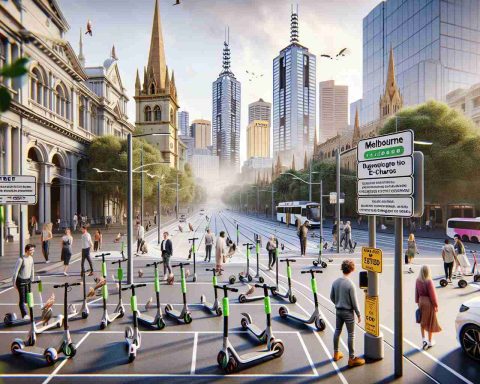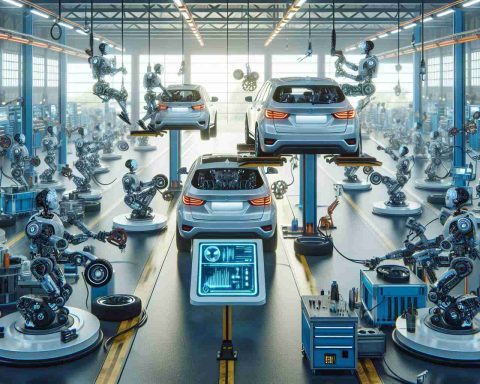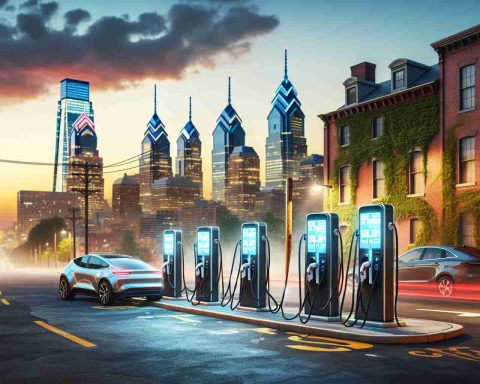- Lyft plans to introduce its autonomous vehicle fleet in Dallas by 2026, in collaboration with Marubeni and using Mobileye Drive technology.
- The driverless cars promise a novel and efficient urban travel experience, capable of navigating complex traffic with advanced algorithms and sensors.
- This move continues Lyft’s efforts in autonomy, echoing its plans for self-driving cars in Atlanta by 2025.
- Lyft’s initiative reflects a significant shift in urban mobility, potentially ushering in an era where human drivers become less essential.
- The progress in autonomous vehicle technology indicates an impending transformation in how society perceives and engages with car travel.
Imagine summoning a car that arrives with no one behind the wheel—just you and a seamless expanse of technology. This vision edges closer to reality as Lyft prepares to roll out its autonomous vehicle fleet, potentially on the streets of Dallas by 2026.
Partnering with the industrial giant Marubeni and integrating the cutting-edge Mobileye Drive technology, Lyft embarks on an audacious journey to transform urban transportation. The sleek, driverless cars will soon be at your beck and call, promising an experience that’s both novel and efficient. Picture yourself gliding through the cityscape, enveloped in comfort while the vehicle deftly navigates complex intersections and swirling traffic patterns, all orchestrated by algorithms and sensors.
This ambitious endeavor doesn’t mark Lyft’s first foray into autonomous territories. Previously, pledges were made to bring self-driving cars to Atlanta by the conclusion of 2025. The company’s relentless pursuit of innovation reflects an unwavering commitment to revolutionizing how we think about mobility.
As the moment approaches when riders can opt for this futuristic mode of travel, the world watches with bated breath. Could this be the dawn of an era where human drivers transition towards obsolescence? Lyft’s bet on autonomy underscores a broader trend in the transportation industry, hinting at a future where convenience and technology converge.
The takeaway is clear and compelling: the landscape of urban mobility is on the cusp of radical change. As self-driving vehicles drift from the realm of science fiction into everyday life, how we perceive car travel stands to be irrevocably altered. Fasten your seatbelt—literally or metaphorically—because the autonomous ride of your life may soon be just a tap away.
Lyft’s Autonomous Vehicle Fleet: A Glimpse into the Futuristic Transportation Era
New and Relevant Information
1. Mobileye’s Role: Mobileye, an Intel-owned company, supplies the advanced driver-assistance technology that will be used in Lyft’s autonomous fleet. Mobileye Drive is known for its state-of-the-art computer vision technology, which is crucial for safely navigating complex urban environments.
2. Marubeni Partnership: Marubeni is a major Japanese trading company involved in various sectors, including transportation and infrastructure. This collaboration demonstrates a strategic alignment in objectives to deploy cutting-edge transportation technology globally.
3. Lyft’s Previous Autonomy Initiatives: Lyft has engaged in multiple collaborations over the years to explore autonomous technologies. Previous partnerships include alliances with companies like Aptiv, which demonstrated semi-autonomous ride services in cities such as Las Vegas.
4. Safety and Regulations: Autonomous vehicles must meet rigorous safety standards before they can be deployed on public roads. This involves extensive testing, simulation, and adjustments to ensure passenger and pedestrian safety.
5. Public Perception and Acceptance: As with any new technology, public perception and trust are vital for widespread adoption. Efforts might include public demonstrations and offering trials to build trust in autonomous vehicles’ safety and reliability.
Key Questions and Answers
– What are the main technological challenges for autonomous vehicles?
Some of the main challenges include accurate object recognition, weather adaptability, complex traffic scenarios, and ensuring redundancy and reliability of the system.
– How might autonomous vehicles impact employment in the transportation sector?
There might be a shift in job roles, with potential reduction in demand for traditional drivers but increased need for tech, infrastructure, and maintenance roles.
– What are the potential benefits of autonomous ridesharing services?
These services could reduce traffic congestion, decrease accident rates, increase accessibility, and offer cost-efficient transportation.
– How does Lyft’s timeline compare with its competitors?
Other companies like Waymo and Cruise are pursuing similar timelines for rolling out autonomous fleets, creating a competitive landscape.
Suggested Related Links
As we stand on the brink of an autonomous future, the transformations in urban mobility will extend beyond Lyft, ushering in a broader industry-wide evolution. The vision of seamless, automated travel is not only a tech frontier but a significant societal shift redefining urban landscapes and connectivity.
